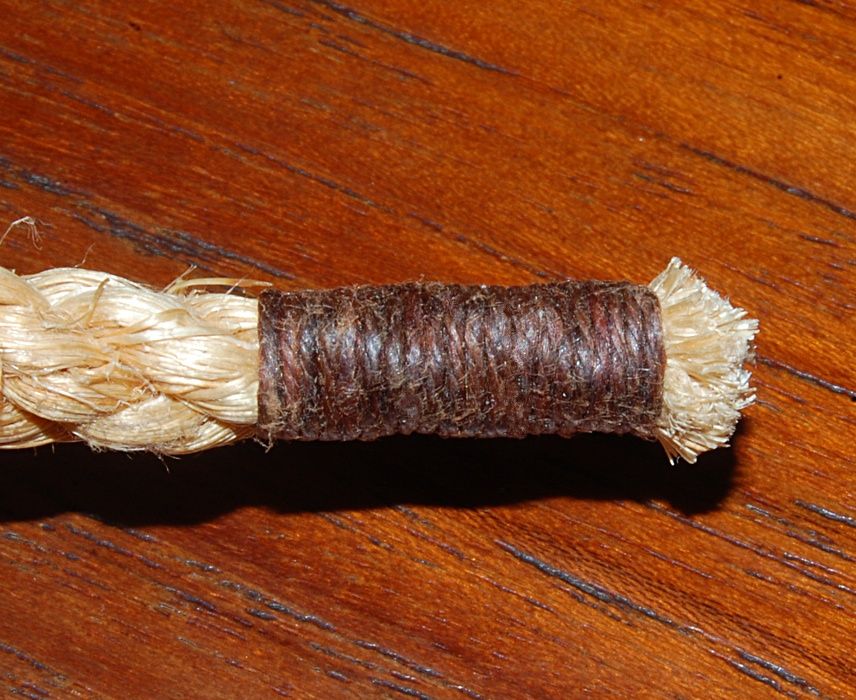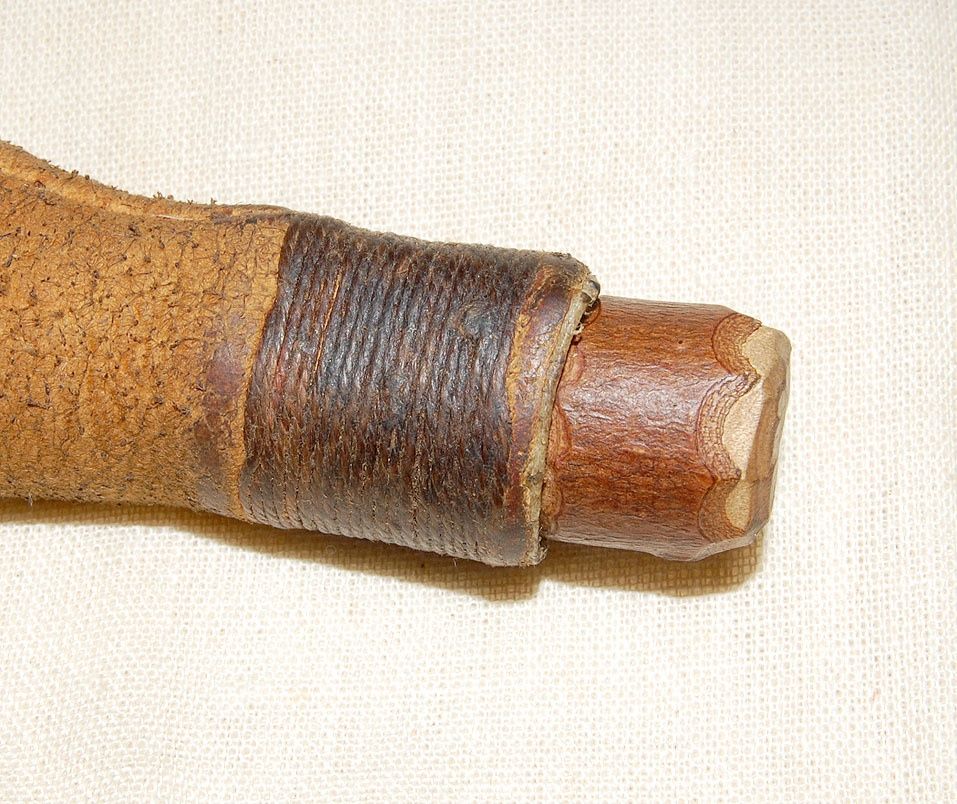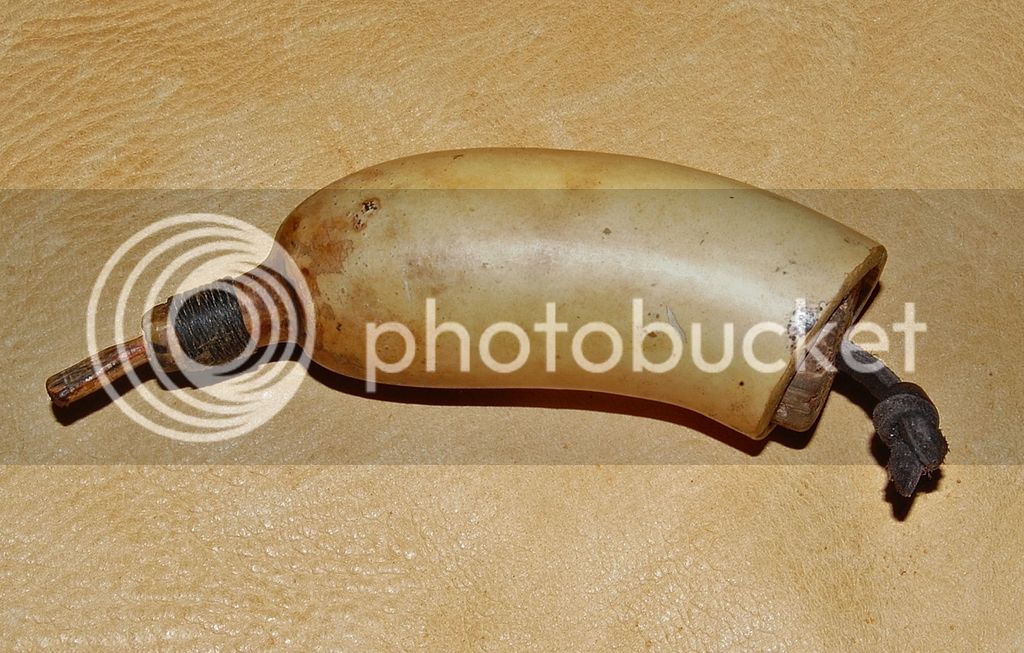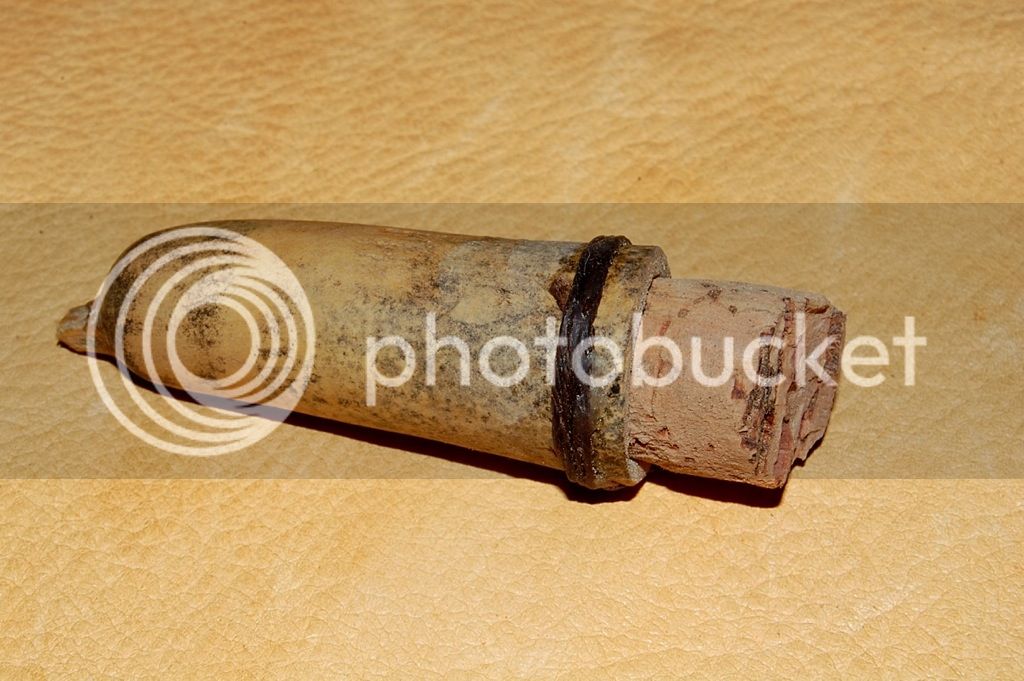Yes, I've done it that way, it is just as simple and makes a durable wrap. I've never had a wrap come loose, that I recall, probably because I usually melt a thin layer of beeswax into the threads so that it's all glued together.
I learned this many decades ago in fooling with fishing rods, as some have said. For fastening eyes/rings to the rod or just as decorative elements, the technique is identical.
Spence
I learned this many decades ago in fooling with fishing rods, as some have said. For fastening eyes/rings to the rod or just as decorative elements, the technique is identical.
Spence















